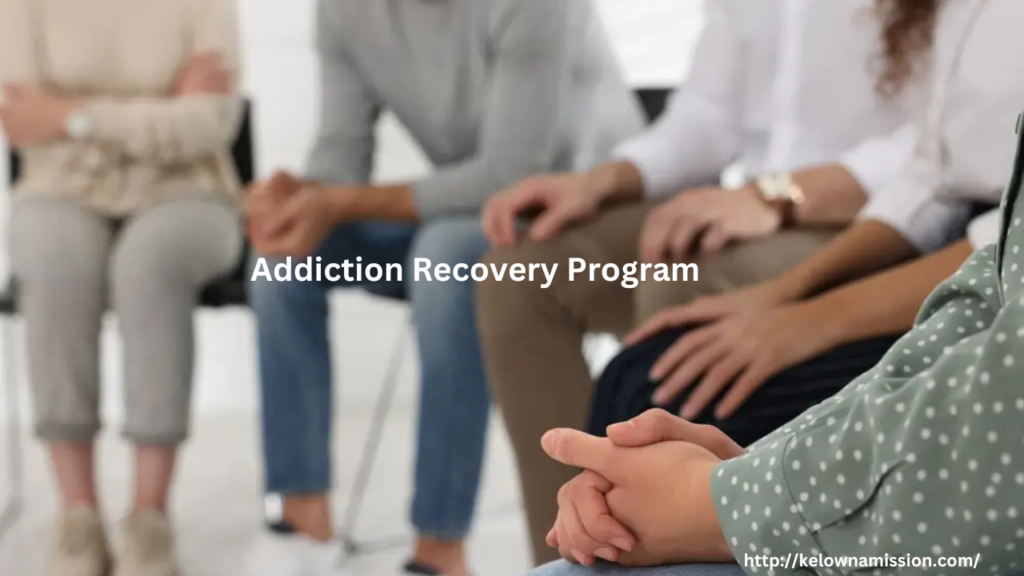
Homelessness and addiction are two deeply interconnected challenges that affect millions of people worldwide. For individuals caught in the cycle of substance use and unstable housing, breaking free can feel nearly impossible. Traditional approaches often treat these issues separately—offering addiction recovery without stable housing or providing temporary shelter without addressing substance use disorders. However, research and real-world success stories have shown that integrating housing solutions with addiction recovery programs is a more effective and sustainable approach to ending homelessness and supporting long-term sobriety.
The Link Between Homelessness and Addiction
Substance use is both a cause and a consequence of homelessness. Many individuals struggling with addiction find themselves without stable housing due to job loss, strained relationships, or legal issues. At the same time, those who become homeless often turn to drugs or alcohol as a coping mechanism for the trauma, stress, and isolation that come with life on the streets.
Without housing, recovery is significantly more challenging. People experiencing homelessness face barriers to accessing healthcare, stable support networks, and consistent treatment programs. They are also at higher risk of overdoses, incarceration, and mental health crises. A comprehensive solution must address both housing and addiction simultaneously to break this destructive cycle.
Housing as a Foundation for Recovery
One of the most effective models for integrating housing and addiction recovery is the Housing First approach. Unlike traditional methods that require sobriety before offering housing, Housing First provides immediate, permanent housing without preconditions. Once individuals are housed, they are connected with voluntary support services, including substance use treatment, mental health care, and job training programs.
By securing stable housing first, individuals can focus on their recovery without the constant stress of survival. Research has shown that Housing First programs lead to better recovery outcomes, lower healthcare costs, and reduced interactions with the criminal justice system. Cities that have implemented Housing First strategies, such as Salt Lake City and Houston, have seen dramatic reductions in chronic homelessness.
Integrating Treatment and Support Services
Housing alone is not enough—comprehensive addiction recovery programs must be incorporated into housing initiatives to ensure long-term stability. Integrated care models combine medical treatment, therapy, peer support, and life skills training within housing communities.
- Medication-Assisted Treatment (MAT): Many housing programs now offer MAT for opioid and alcohol addiction, using medications like methadone or buprenorphine alongside counseling to support recovery.
- Harm Reduction Strategies: Some programs take a harm reduction approach, providing supervised consumption spaces, clean needles, and overdose prevention resources to keep individuals safe while they work toward recovery.
- Employment and Social Reintegration: Helping individuals find stable employment and reconnect with their communities gives them a sense of purpose and reduces the likelihood of relapse.
The Role of Community Support
A key component of successful integration is community-based support. Peer mentorship programs, where individuals in recovery help guide those currently struggling, have been highly effective in maintaining long-term sobriety. Additionally, partnerships between housing providers, healthcare organizations, and local businesses create opportunities for individuals to rebuild their lives with dignity.
Conclusion
Breaking the cycle of homelessness and addiction requires a holistic, compassionate approach that integrates housing with recovery services. By prioritizing stable housing, providing comprehensive treatment, and fostering community support, we can create lasting change. When people have a safe place to live and the resources to heal, they can finally break free from the cycle and build a brighter future.